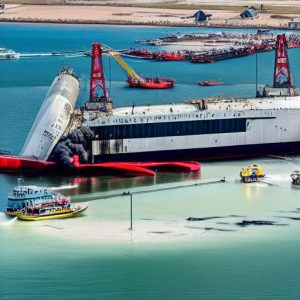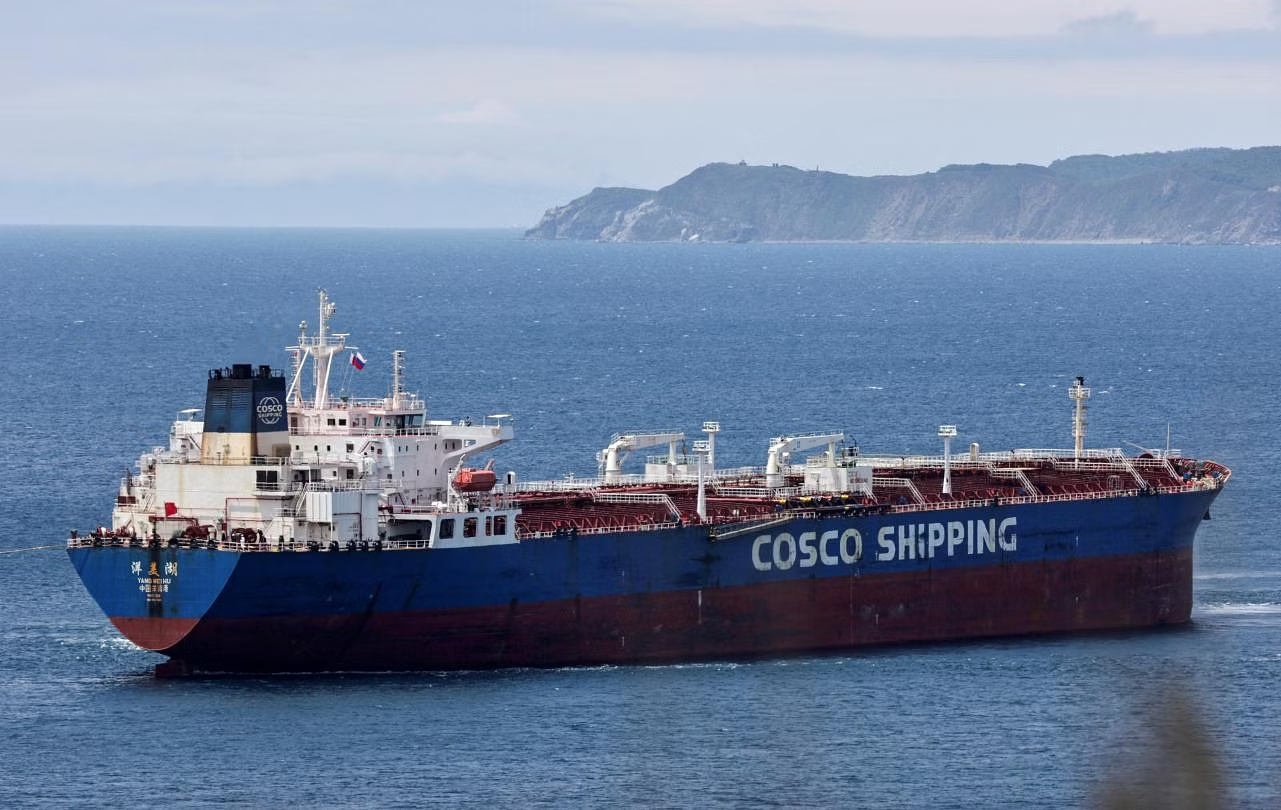Frontline, a prominent player in the oil tanker industry, has recently shifted its focus away from the Red Sea route. This move has raised eyebrows within the industry, prompting speculation about the reasoning behind such a decision and its potential ramifications. In this article, we delve into the factors influencing Frontline’s strategic shift, analyze its implications, and compare the Red Sea route with alternative options.
Frontline’s Red Sea Retreat

Frontline’s decision to steer clear of the Red Sea route is a notable departure from its previous operations. Historically, the Red Sea has been a crucial transit point for oil tankers due to its strategic location connecting Europe and Asia. However, heightened geopolitical tensions and security concerns have cast a shadow over this once-vital artery for maritime trade. Frontline’s move underscores the evolving dynamics in the region and reflects the company’s proactive stance in mitigating risks.
Factors Driving Frontline’s Decision
Several factors have likely influenced Frontline’s decision to distance itself from the Red Sea. Firstly, escalating tensions in the region, particularly in key chokepoints such as the Bab el-Mandeb Strait, have raised the specter of potential disruptions to maritime traffic. Instances of sabotage and geopolitical rivalries have heightened uncertainty, prompting companies like Frontline to reassess their risk exposure. Moreover, evolving trade patterns and the emergence of alternative routes, such as the Suez Canal and the Cape of Good Hope, offer viable alternatives that circumvent the Red Sea’s geopolitical hotspots.
Implications for Frontline and the Industry
Frontline’s strategic realignment carries significant implications for both the company and the broader oil tanker industry. By diversifying its route portfolio and minimizing exposure to geopolitical risks, Frontline aims to enhance its resilience and safeguard its operations against potential disruptions. However, this shift entails trade-offs, including potential revenue impacts and operational adjustments. Moreover, Frontline’s move could reverberate across the industry, influencing market dynamics and shaping competitors’ strategies in response to evolving geopolitical realities.
Analysis Table: Frontline’s Red Sea Strategy
| Factors | Implications |
|---|---|
| Geopolitical tensions | Heightened risk of disruptions to maritime traffic |
| Trade patterns | Shift towards alternative routes |
| Operational adjustments | Adaptation to new route configurations |
| Revenue impacts | Potential revenue diversions and losses |
| Industry dynamics | Influence on market sentiment and competitor strategies |
Comparative Analysis: Red Sea vs. Alternative Routes
| Factors | Red Sea Route | Alternative Routes (Suez Canal, Cape of Good Hope) |
|---|---|---|
| Geopolitical risks | High due to regional tensions and chokepoints | Relatively lower, but subject to piracy in certain areas |
| Transit time | Shorter distance for Europe-Asia trade | Longer transit but less prone to disruptions |
| Cost implications | Potentially higher insurance and security costs | Lower operational costs but higher fuel consumption |
| Market dynamics | Historical significance as a major trade artery | Shift towards alternative routes due to risk mitigation |
Conclusion
Frontline’s decision to veer away from the Red Sea reflects a strategic recalibration in response to evolving geopolitical realities and trade dynamics. By prioritizing risk mitigation and operational resilience, Frontline aims to navigate choppy waters in the global oil tanker industry. However, the implications of this shift extend beyond Frontline, shaping market dynamics and influencing competitor strategies. As the industry continues to adapt to geopolitical uncertainties, strategic agility and foresight will be paramount in charting a course towards sustainable growth and stability.












